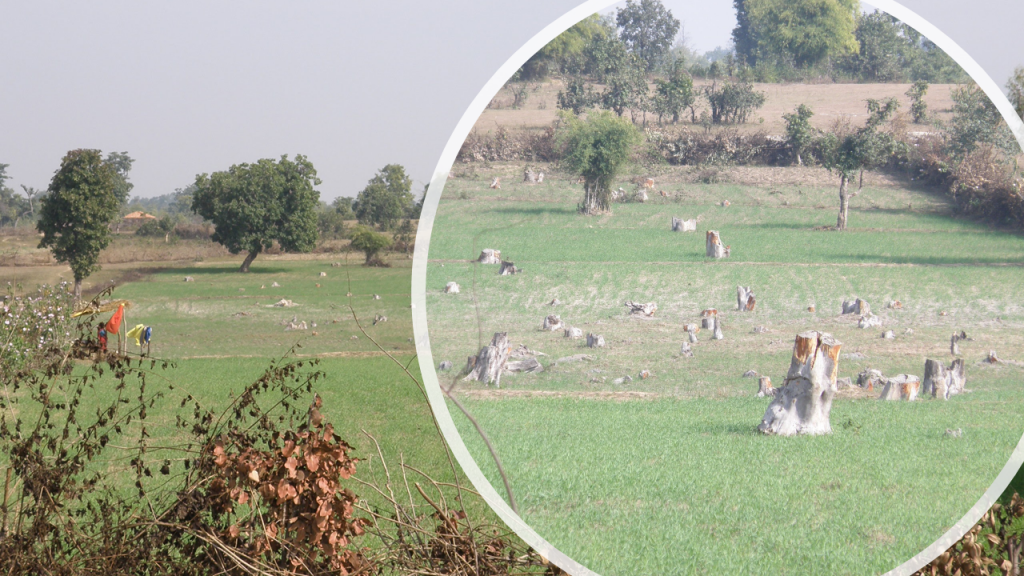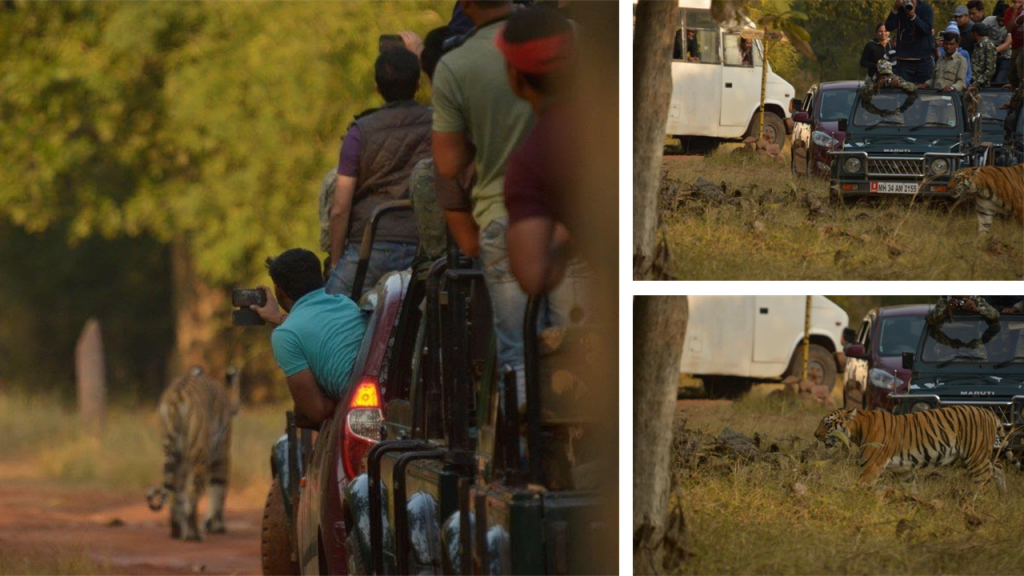
How to beat Goliath
Because size doesn’t matter
I have formulated 6 rules which I call David’s rules. These are for anyone facing the big one ...

There is a welcome awareness about the need to protect tigers in the wild and the wild places they live. Welcome even more because it comes now at a time when the tiger population in India (numbers are even more elusive and ephemeral than the tiger) has fallen from 100,000 in 1900’s to less than 3000 today. Frankly, one needs to ask the question whether tigers in India can realistically be protected in the wild or whether one should look to a rescue plan rather than a protection plan.
Be that as it may I want to state here the major issues which have led to this situation and addressing and solving which is absolutely critical to protecting tigers. You will see that almost all of them have to do with people more than tigers. The two major issues are habitat destruction and the market for dead tigers.


2. Market for dead tigers: The market for tiger bone powder, skin (not so much today) and body parts. Tiger bone powder is more expensive than gold, precious stones or any illegal narcotic drug. It is easy to conceal and transport and easy to sell for those who have the contacts. Killing a tiger is easy. Poisoning is the most usual way. Then the rest follows. http://bit.ly/1PsPk3g National Geographic Tiger Temple, Thailand investigation. This is the natural result of the market for tiger products. For them the tiger is like a sheep in a farm. Or a chicken. You don’t object when it is slaughtered and its body chopped up and sold. So why do you object if it is a tiger? A farm is a farm. What is on the farm is not the issue. It exists for profit. There is a market. So the trade will continue. That is the logic. Try beating that logic. The tiger in the wild is even better because it cost the seller nothing to raise and it still fetches the same money. The trade is not in skins any more. It is in meat, bone and body parts. Which means that hiding it is even easier.

Solution:

I hope that by the time our politicians can be educated, there will still be tigers left to save. Indian forests without the tiger will be like a body without a soul. Dead.
Please log in to leave a comment
Loading comments...

I have formulated 6 rules which I call David’s rules. These are for anyone facing the big one ...

One of my friends who comes from ...
I have said this a million times, if I have said it once – the three crimes committed on society with society’s blessing are: Commerci...